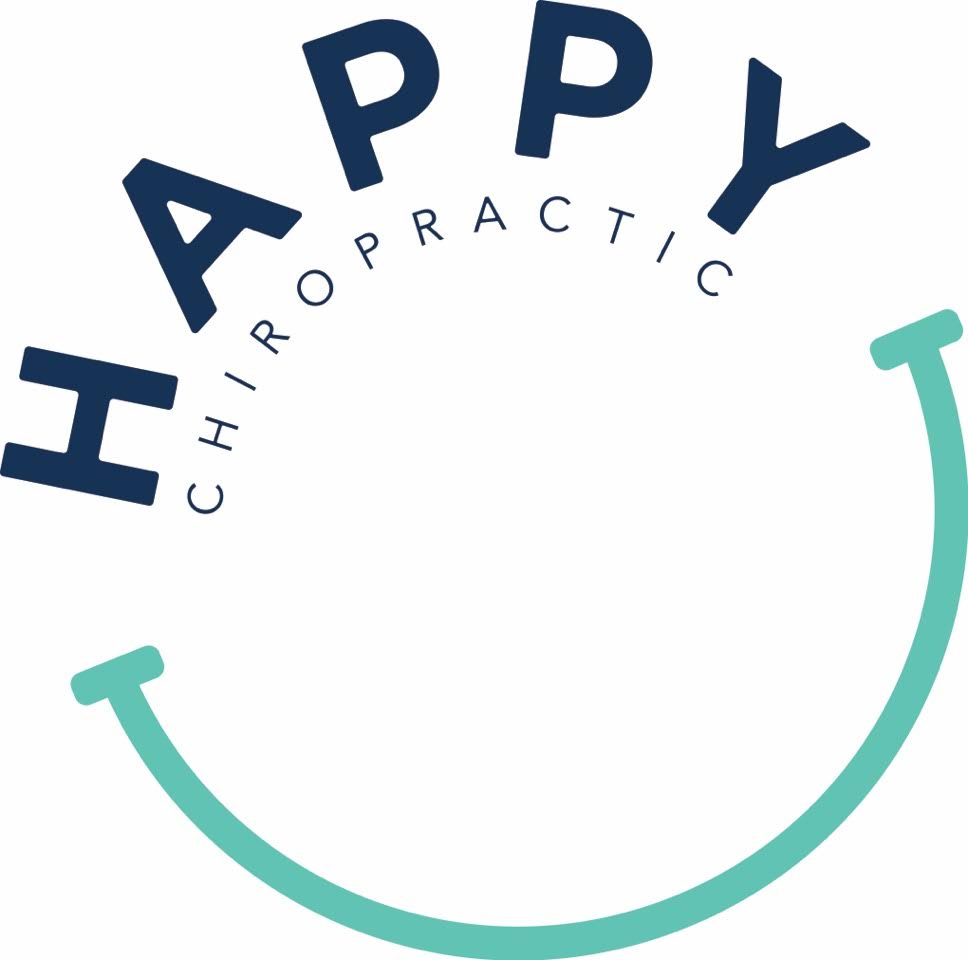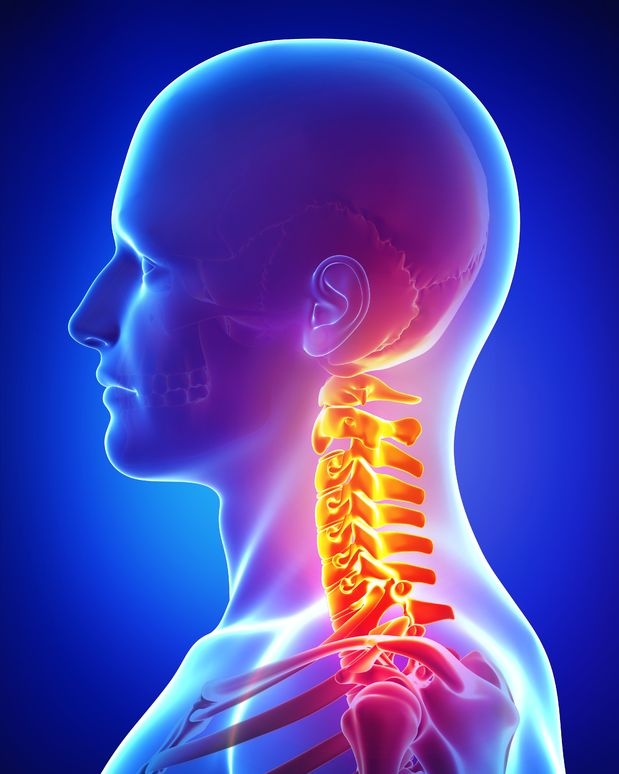
14 Nov Digital Dementia
“DIGITAL DEMENTIA” is a condition of neurologic decline due to overuse of digital technology resulting in the breakdown of cognitive abilities. Researchers propose that short-term memory pathways will start to deteriorate from underuse if we overuse technology.
Technology is robbing children of the necessary components of development. There are four critical factors necessary to achieve healthy childhood development.
THESE FACTORS INCLUDE:
- Movement
- Touch
- Human Connection
- Exposure to nature
These types of sensory inputs ensure normal development of posture, and are necessary for achieving foundational skills of human development.
When young children are exposed to violence through TV and video games, they are in a high state of adrenalin and stress. These physiologic signs are associated with “fight or flight,” or a ramped up sympathetic nervous system. With “fight or flight” the body is signaling the person to move. Being in this state of stress without physical exercise (sitting in front of the TV instead of being outside moving) can degenerate your child’s health.
Children who overuse technology report persistent body sensations of overall shaking, increased breathing and heart rate, and a general state of “unease.” There is anecdotal evidence that chronic stress associated with sitting with poor posture while interacting with technology results in a weakened immune system, memory deficits, and a higher predisposition to obesity.
Some Strategies to implement.
- Children should engage in at least 2-3 hours per day of active “play” for adequate sensory stimulation needed for proper development. Limit the amount of time children spend on their devices and encourage them to go outside and
- Have your child sit on an exercise ball or posture cushion while engaging with technology. They are moving and engaging their core muscles while sitting on the ball or cushion. This is much more beneficial for their structural development than being completely
- Take Posture Breaks. Take 30 seconds every hour and perform a posture break. You can perform this from your chair. Lean back with a straight spine and open your chest with your arms out wide, draw the head back and down. Hold this position for 20-30 seconds each hour. While seated the spine and shoulders tend to round forward, opening the chest cavity against gravity will save your posture throughout the






Sorry, the comment form is closed at this time.